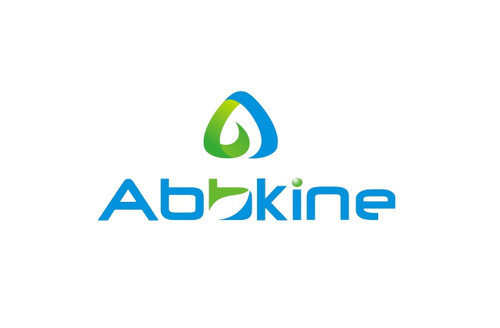Product Description
Mouse Ribonuclease P protein subunit p20 (POP7) ELISA Kit | KTE71444 | Abbkine
Application: This Mouse Ribonuclease P protein subunit p20 (POP7) ELISA Kit employs a two-site sandwich ELISA to quantitate POP7 in samples. An antibody specific for POP7 has been pre-coated onto a microplate. Standards and samples are pipetted into the wells and anyPOP7 present is bound by the immobilized antibody. After removing any unbound substances, a biotin-conjugated antibody specific for POP7 is added to the wells. After washing, Streptavidin conjugated Horseradish Peroxidase (HRP) is added to the wells. Following a wash to remove any unbound avidin-enzyme reagent, a substrate solution is added to the wells and color develops in proportion to the amount of POP7 bound in the initial step. The color development is stopped and the intensity of the color is measured.
Detection Method: Colorimetric
Conjugate: N/A
Sample Type: Cell culture supernatants#Serum#Plasma#Other biological fluids
Assay Type: Multiple steps standard sandwich ELISA assay with a working time of 3-5 hours. It depends on the experience of the operation person.
Kit Component: • Mouse Ribonuclease P protein subunit p20 microplate
• Mouse Ribonuclease P protein subunit p20 standard
• Mouse Ribonuclease P protein subunit p20 detect antibody
• Streptavidin-HRP
• Standard diluent
• Assay buffer
• HRP substrate
• Stop solution
• Wash buffer
• Plate covers
Features & Benefits: Mouse Ribonuclease P protein subunit p20 (POP7) ELISA Kit has high sensitivity and excellent specificity for detection of Mouse POP7. No significant cross-reactivity or interference between Mouse POP7 and analogues was observed.
Calibration Range: Please inquire
Limit Of Detection: Please inquire
Usage Note: • Do not mix components from different kit lots or use reagents beyond the kit expiration date.
• Allow all reagents to warm to room temperature for at least 30 minutes before opening.
• Pre-rinse the pipet tip with reagent, use fresh pipet tips for each sample, standard and reagent to avoid contamination.
• Unused wells must be kept desiccated at 4 °C in the sealed bag provided.
• Mix Thoroughly is very important for the result. It is recommended using low frequency oscillator or slight hand shaking every 10 minutes.
• It is recommended that all samples and standards be assayed in duplicate or triplicate.
Storage Instruction: The unopened kit should be stored at 2 - 8°C. After opening, please store refer to protocols.
Shipping: Gel pack with blue ice.
Precaution The product listed herein is for research use only and is not intended for use in human or clinical diagnosis. Suggested applications of our products are not recommendations to use our products in violation of any patent or as a license. We cannot be responsible for patent infringements or other violations that may occur with the use of this product.
Background: Ribonuclease P (RNase P) removes the 5-prime leader sequences from precursor tRNA molecules. RNase P consists of an RNA species (H1 RNA), the POP1 protein, and at least 7 proteins called RPPs. The RPPs have apparent molecular masses of 14 kD (RPP14), 20 kD (RPP20), 25 kD (RPP25), 29 kD (RPP29), 30 kD (RPP30), 38 kD (RPP38), and 40 kD (RPP40) . Patients with scleroderma have serum reactive with RNase P, the Th antigen, which is also referred to as the To antigen, and RPP30 and RPP38. POP7 contains 140 amino acids with a predicted molecular mass of nearly 16 kD. Immunologic analysis determined that RPP20, unlike RPP30 and RPP38, is not a target for antisera from systemic sclerosis patients.
Alternative Names: POP7; tcag7.985; 0610037N12Rik; RPP2; RPP20; POP7 (processing of precursor; S. cerevisiae) homolog; processing of precursor 7; processing of precursor 7; ribonuclease P subunit; ribonuclease P protein subuni
Search name: POP7; tcag7.985; 0610037N12Rik; RPP2; RPP20; POP7 (processing of precursor; S. cerevisiae) homolog; processing of precursor 7; processing of precursor 7; ribonuclease P subunit; ribonuclease P protein subuni
Tag: POP7
 Euro
Euro
 USD
USD
 British Pound
British Pound
 NULL
NULL












